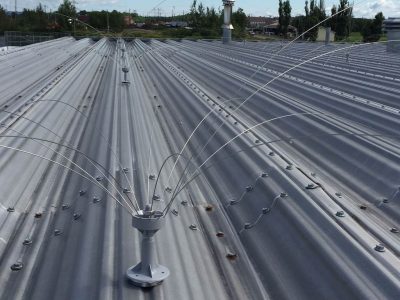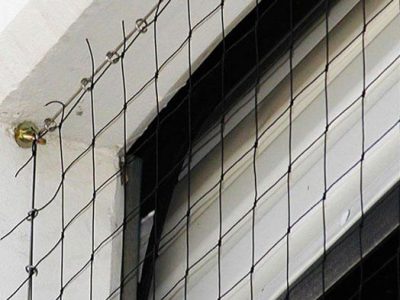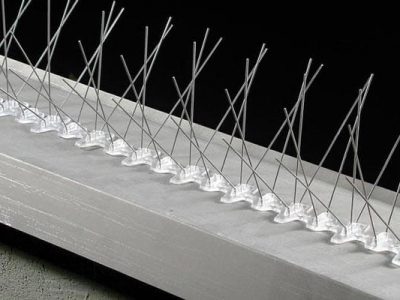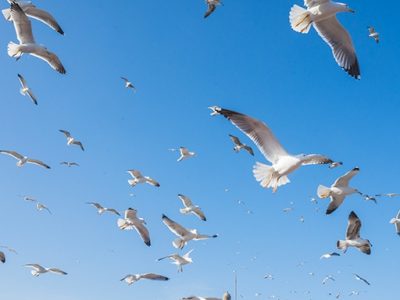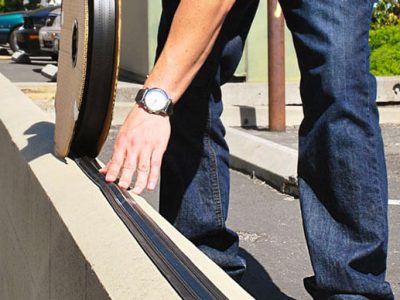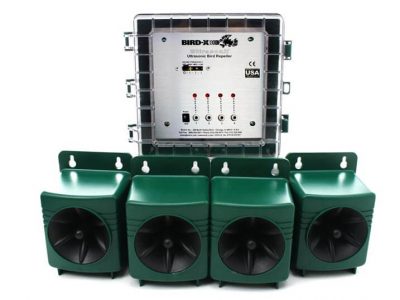Grid System
It’s common to see seagulls in urban areas. As these birds are inclined to nest around hospitals, office buildings, apartment complexes and other structures. They are capable of creating serious problems to a building that may require some form of pest management/control.
Seagulls have earned their reputation as a nuisance by transmitting diseases, damaging buildings and equipment, creating conditions facilitating fires, and serving as hosts for other harmful parasites such as fleas and ticks.
It is difficult to control seagull populations due to the Migratory Birds Convention Act, which protects these birds against trapping and relocation practises.
Issues or damage Why should I be concerned?
Seagulls can endanger the environment as well as the public. As scavenger birds, seagulls feed on fresh or decomposing waste.
They often bring decomposing food into sanitary food environments and deposit droppings on products as well as surfaces that come into contact with hands. Other common materials found in nests include prophylactics, hypodermic needles, and other waste.
When a large number of seagulls are resting on building surfaces or nesting on roofs, many risks must be considered. First, the presence of seagulls results in the accumulation of droppings and feathers that will clog roof drains. This results in an increase in bacteria in the water runoff and greater exposure to bacteria for employees and the public. Let’s not forget to mention the structural damage that can occur if you don’t take action today.
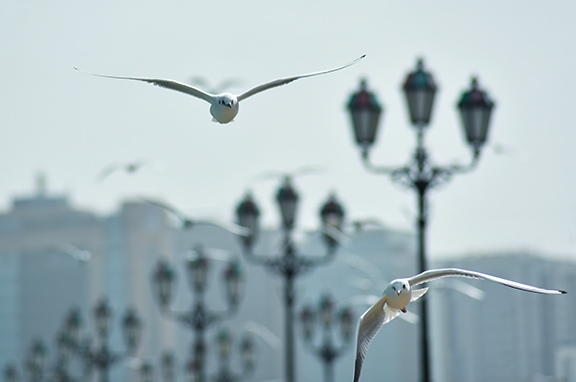
Life cycle/Reproduction
Depending on the species, seagulls typically have a lifespan of about 10 to 15 years. They mate and raise their younglings in the spring and summer.
They will establish their nesting site as early as February, as the common breeding period extends from late March to late July.
Seagulls usually lay two to three eggs starting in April, with a gestation period of about 22 to 30 days. After hatching, it can take an average of six weeks before a young seagull can fly. During this period, the mother seagull can become very aggressive towards intruders approaching the nest or younglings.
Workers should avoid the roof during the nesting season for their safety until the young seagulls can fly on their own. Under the Migratory Birds Convention Act, it is punishable by law to remove nests or eggs or to frighten young seagulls unless permission is granted by the federal government.
The unmatched solution for seagull control
Designed in-house by our team at Bird Solution, the mesh system is the only system on the market that allows seagulls to be removed from the roof while preserving access to it. This is necessary for roof inspection purposes as well as for maintenance and repairs.
The design of our mesh system is the result of Bird Solution’s great expertise in the avian control industry.
Almost invisible from the ground
Made of aerospace-grade steel cables and rigid poles, this system is almost invisible from the ground. Most people don’t notice it unless they know exactly where to find it.
Made of stainless steel for better durability
All materials used for posts, wiring, and fastening hardware are made of stainless steel. They are designed to last and can withstand Canadian winters.
Safe roof access
As the mesh system is suspended using eight-foot self-supporting poles, workers can access the roof safely and easily without the risk of falling or slipping.
Very effective
Why scare seagulls away using reflectors or distress calls when our device doesn’t produce noise or inconvenient light? With the mesh system, it’s impossible for seagulls to fly and land on the roof.
In the rare event that a seagull manages to navigate through the mesh system, it won’t stay long as the aerial cables obstruct its escape route, leaving it vulnerable to predators.
Guarantee
We are confident in our system. Therefore, we offer a full three-year guarantee on all materials and a one-year guarantee on the installation.

